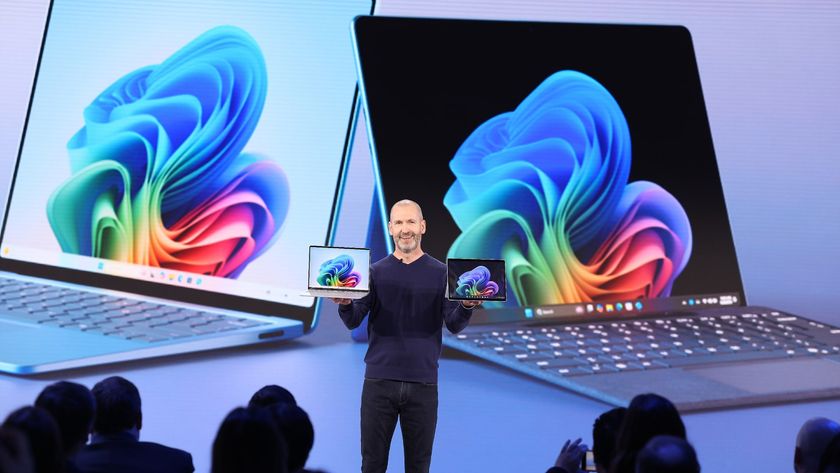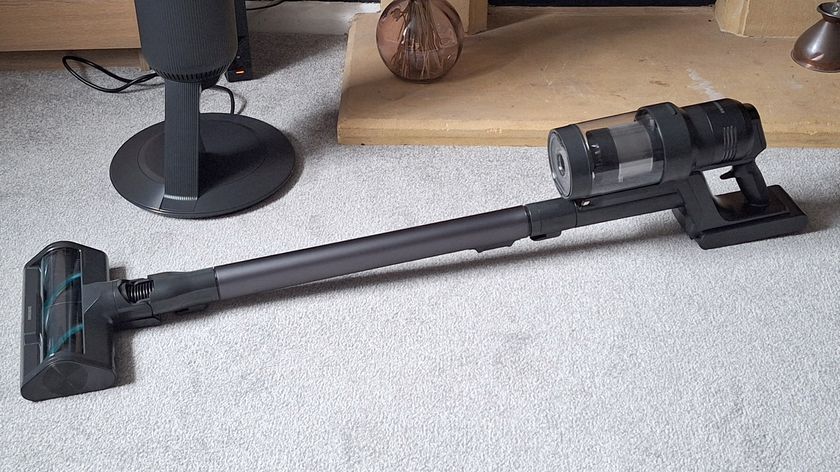You'll need to confirm the steps involved – after that, remove the Windows CD and try booting again. Fortunately, Windows Vista can solve many of these problems on its own with the new Startup Repair tool.
Boot from the Vista DVD, choose the ‘Repair My Computer' option, select your installation and click ‘Startup Repair' to give it a try. If you don't have a DVD, then hold down [F8] as Windows boots, select the ‘Advanced Boot Options' screen and then click ‘Repair your computer'.
Um, I've forgotten my Windows password
You turn on the PC, enter your password ... but it doesn't work. Have you forgotten the real password? Maybe someone's changed it? You can worry about that later. Right now the real question is: what happens next? In an ideal world you'll have planned ahead by creating a password reset disk.
Click ‘Control Panel | User Accounts in Windows XP', choose your account, click ‘Prevent a forgotten password' and follow the subsequent instructions (you'll need a blank floppy).
The instructions are a little different if your PC is part of a domain, but are simpler in Windows Vista (‘Control Panel | User Accounts | Create a password reset disk'), which also now lets you use a USB flash drive.
However the disk has been created, just press [Enter] when asked for a log-in password, and you'll be prompted to use it. This will ask for a new password, and you'll be able to log in using that.
Get daily insight, inspiration and deals in your inbox
Sign up for breaking news, reviews, opinion, top tech deals, and more.
Of course, while this saves you now, it's also a security risk, as anyone with the reset disk will be able to access your system (even if you change your password later). If you make one, keep it safe.
If you're not prepared then life becomes a bit more difficult. You could try logging on using another account: some PCs come with default user names such as ‘User', or with an account called ‘Administrator' and a blank password.
The other option is to use a tool that will discover or reset the password for you. The Emergency Boot CD still works on Windows XP, just about, but hasn't been updated for a while.
The Offline NT Password & Registry Editor and Login Recovery are simpler, more effective and can handle Vista, too.
Now my PC has a virus...
The ideas we've suggested so far work fine under normal circumstances, but if your problems are caused by malware then it's often a different story. Conventional tools may not deliver results and if you can't boot your system to fix the problem with anything else, it's a major disaster.
The best approach here is to clean boot your PC from a rescue CD, then use malware detection tools to find and remove the infection. Your antivirus client doesn't provide one? Then simply build one of your own.
UBCD4Win is one of the best, frequently updated and packed with useful things. You'll need a Windows XP system to build it, but the resulting CD can be used on Vista systems too, with a few caveats (see the FAQ for details).
Download the latest UBCD4Win build and install it on your PC. Launch the program, then point the ‘Source' box at the root folder of your Windows XP CD: it'll use those files to build its own system. Click the ‘Plug-ins' button, scroll down the list and look for the entries labelled ‘Anti- Spyware' and ‘Anti-Virus'.
These tools may not have the most up-to-date virus signatures, so select each one in turn and click ‘Config' to download the latest files. Click ‘Build' when you're done to create a CD ISO image file, then use the ‘Burn to CD/DVD' option to create the finished disc.












